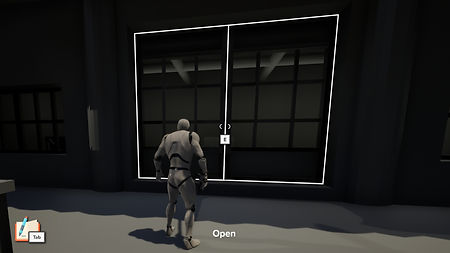Behind The Buddha
High Concept
Behind the Buddha is an immersive 3D PC game that blends detection, deduction, puzzle-solving, and role-playing elements. Players step into the shoes of a protagonist searching for his missing sister. A trail of enigmatic clues draws him to an abandoned temple nestled in the mountains, where a chilling conspiracy awaits. To unravel the mystery, players must skillfully piece together evidences to uncover the darkest secret behind the temple.
Role in Development
During the creation of Behind the Buddha, I served as the Game Designer and Level Designer. My responsibilities included:
-
Creating a schedule for the 6-week project using Trello
-
Creating the Game Design Document (GDD), Mood Board and Map.
-
Creating the complete map of the game.
-
Scripting gameplay sequences, including cutscenes, evidences, and more.
-
Implementing sound and visual effects
-
Designed all the art assets in game. Including picking the ones from store.
Game Design
Game Design in Behind the Buddha is inspired by many other great ones, including Welcome to Kawloon, Series of Amnesia, Escape the Backrooms, Return of the Obra Dinn
There are several rules set when designing the level:
-
The player must always know where the destination is.
-
The player should feel a bit of fear when playing the game. The atmosphere of the game is dark and daunting.
-
The player needs to read many to complete the game. Reading in Behind the Buddha should be well designed.
-
The player’s path should be Explore - Find Safehouse - Explore More - End Game. How to trigger the player to do the second exploration is one of the most important designing aspects of the game.
-
How to convey the information in this game is the most important thing to think about when designing. “As finding different puzzle pieces to complete one complete image, but when not finding all the pieces, the player should still complete the story by imagining.
Design Document
When creating the design documents, we tried to complete each NPC’s story before getting to the real “meat”. We were following Craig Mazin‘s principle, “The writer should follow the change of the characters.” (Not the exact quote) We considered this one as an experiment and I learned more about how to tell the story in a better way. Making the player feel smart and keep their curiosity is important as well.
Playthrough
Screenshot





Design Documents
.jpg)
.jpg)
.jpg)
%20%E2%80%93%201.jpg)



.jpg)



